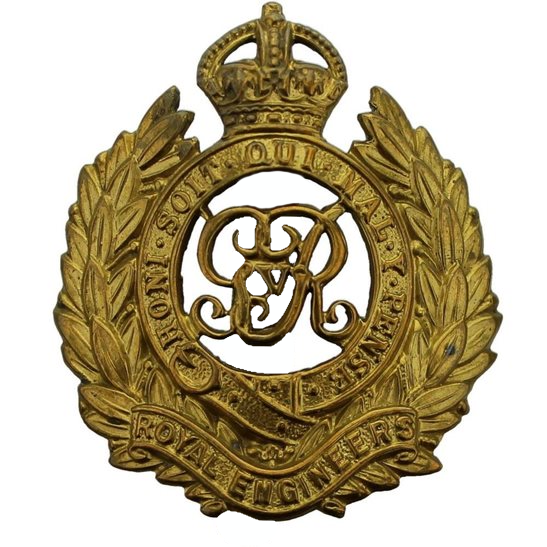Personal Details
Born: 29 May 1891 in Weobley, Herefordshire.
Family: He was the second of five children born to William Bennion, a Primitive Methodist Minister, and his wife Kate (nee Gwillim). He had an older sister, Kathleen, and a younger brother Walter James. His twin brothers Randle and William Henry were born and died in 1894. Walter married Carrie Sylvia Pownall in Holywell, Flintshire in Quarter 3 1923. Their daughter Eira was born in Coventry, Warwickshire in Quarter 3 1926.
Residence: On the 1901 Census the family were living at 9 Cambridge Terrace, Otley, Yorkshire. In 1911 he was living as a boarder at 18 Norman Street, Bingley, Yorkshire. On the Spring 1919 Absent Voters List his address was given as 11 Edgeley Road, Whitchurch, Shropshire. In 1939 he was living at “Brentwood”, Clumber Avenue, Arnold, Nottinghamshire. At the time of his death, he was residing at the same address.
Employment: In 1911 he was a bank clerk and by 1939 he had become a bank manager.
Died: 29 September 1951 in Arnold, Nottinghamshire, aged 60.
Other information: The address of 11 Edgeley Road was the home of the incumbent Primitive Methodist Minister for Whitchurch in the 1901 and 1911 Censuses. It is presumed, therefore, that Francis’s father William Bennion was the Primitive Methodist Minister for the town in 1919.
Military Details
Regiment: Royal Engineers
Rank: Acting Corporal
Service Number: 187510
Date of Enlistment: Not known
Date of Discharge: Not known
Reason for Discharge: Not known
Other Information: Walter’s brother Francis Robert Bennion was an able seaman in the Royal Navy. His number was J63210.
Walter was awarded the Campaign Medals (British War Medal, and Victory Medal).

The British War Medal (also known as 'Squeak') was a silver or bronze medal awarded to officers and men of the British and Imperial Forces who either entered a theatre of war or entered service overseas between 5th August 1914 and 11th November 1918 inclusive. This was later extended to services in Russia, Siberia and some other areas in 1919 and 1920. Approximately 6.5 million British War Medals were issued. Approximately 6.4 million of these were the silver versions of this medal. Around 110,000 of a bronze version were issued mainly to Chinese, Maltese and Indian Labour Corps. The front (obv or obverse) of the medal depicts the head of George V. The recipient's service number, rank, name and unit was impressed on the rim.
The Allied Victory Medal (also known as 'Wilfred') was issued by each of the allies. It was decided that each of the allies should each issue their own bronze victory medal with a similar design, similar equivalent wording and identical ribbon. The British medal was designed by W. McMillan. The front depicts a winged classical figure representing victory. Approximately 5.7 million victory medals were issued. Interestingly, eligibility for this medal was more restrictive and not everyone who received the British War Medal ('Squeak') also received the Victory Medal ('Wilfred'). However, in general, all recipients of 'Wilfred' also received 'Squeak' and all recipients of The 1914 Star or The 1914/1915 Star (also known as 'Pip') also received both 'Squeak' and 'Wilfred'. The recipient's service number, rank, name and unit was impressed on the rim.

